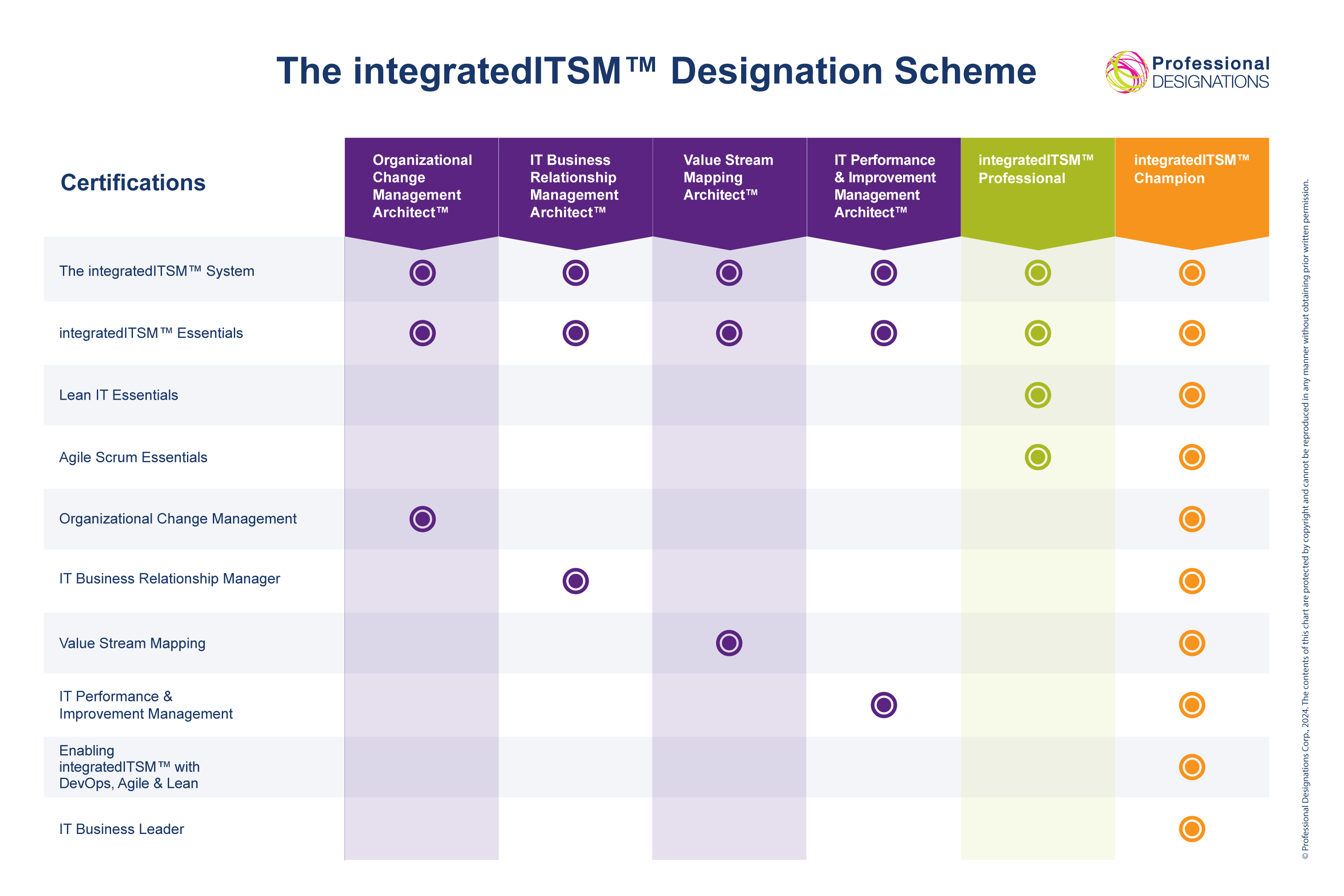The Value of Lean and the Value Stream Mapping Architect™ Designation
Rolling Meadows, IL – April 29, 2025
Lean is well known in manufacturing environments – where it originated – but many still don’t realize that it also applies to other fields, including IT.
That's where ‘Lean IT’ comes in.
IT organizations can transform the way they work – significantly for the better – by adopting the philosophies and management tools first used by Lean in manufacturing. Basically, Lean focuses on eliminating or reducing any work that is considered non-value-adding to a process. It is also about making sure that this remains the case by emphasizing a culture of continuous improvement. By eliminating waste from a process, it will operate more efficiently. Through Lean IT, teams can zero in on wastes that are present within the organization’s IT operations and ensure any type of work remains contributes value.
But Lean does not stop there. Once the initial improvements are implemented, the culture of the organization then needs to focus on making sure teams are empowered by leaders to suggest further improvements and work toward improving processes on an ongoing basis. Lean is not a one-time thing!
An IT organization that has successfully implemented Lean can experience the following benefits:
-
IT processes become more efficient through the reduction and elimination of waste
-
Team members become more productive and motivated
-
IT processes produce fewer ‘defects’
-
Value flows seamlessly from the beginning of the process to the end, and reducing costs through streamlined operations
-
Customer satisfaction increases through better quality products and services because the focus is on continuous improvement
Value Stream Mapping (VSM)
Value stream mapping is a critical tool used in ‘Lean thinking’ organizations, serving as both a visual representation and a strategic framework for understanding and improving the flow of value in processes. By mapping out the steps involved in delivering a product or service, organizations can identify inefficiencies, waste, and opportunities for improvement.
One of the core values of value stream mapping lies in its ability to provide a holistic view of all activities involved in a process. This transparency is essential for Lean organizations, as it allows teams to see not only what tasks are performed but also how each adds (or detracts) from customer value. By prioritizing the elimination of non-value-added activities (waste), companies can streamline operations, reduce costs, and enhance the overall quality of their products or services.
Moreover, VSM fosters collaboration among cross-functional teams. When employees from different departments come together to analyze the value stream, it encourages diverse perspectives and innovative solutions. This collective effort not only strengthens teamwork but also cultivates a culture of continuous improvement. In a Lean thinking environment, where adaptability and responsiveness to customer feedback are paramount, value stream mapping becomes an essential tool for aligning processes with organizational goals and customer needs. Ultimately, by embracing the principles of value stream mapping, Lean organizations can continuously evolve, ensuring they deliver maximum value to their customers while remaining competitive in a dynamic marketplace.
VSM offers several significant benefits for organizations looking to enhance their processes and adopt Lean principles. Here are some key advantages:
- Enhanced Process Understanding: VSM provides a clear visual representation of the entire workflow, allowing teams to see how each step contributes to the overall process. This understanding helps identify bottlenecks and inefficiencies.
-
Identification of Waste: By mapping out the value stream, organizations can easily spot non-value-added activities (waste) such as delays, excess inventory, and rework. This identification is crucial for implementing strategies to reduce or eliminate waste.
- Improved Communication: The visual nature of VSM fosters better communication among team members and departments. It serves as a common language that helps facilitate discussions about process improvements and collaboration on solutions.
- Increased Focus on Customer Value: VSM encourages teams to prioritize activities that enhance customer value, ensuring that the end product or service aligns with customer needs and expectations. This customer-centric approach can lead to higher satisfaction and loyalty.
- Facilitation of Continuous Improvement: VSM is a foundational tool in the Lean methodology that promotes a culture of continuous improvement. By regularly updating value stream maps, organizations can track progress over time and remain agile in response to changing environments.
- Empowered Teams: Involving cross-functional teams in the VSM process fosters a sense of ownership and empowerment among employees. They are more likely to engage in identifying solutions and implementing improvements when they see how their work impacts the overall process.
-
Strategic Decision-Making: VSM can provide data-driven insights that support strategic planning and operational decisions. Leaders can use the information gained from value stream maps to prioritize initiatives that will deliver the greatest ROI.
By leveraging these benefits, organizations can enhance their operational efficiency, adapt more readily to market demands, and ultimately create more value for their customers.
The Value of PDC’s Value Stream Mapping Architect™ Designation
PDC’s Value Stream Mapping Architect™ designation requires the successful completion of three courses and related exams in order to achieve the following certifications:
- The integratedITSM™ System
- integratedITSM™ Essentials
- Value Stream Mapping
Armed with this designation, the successful candidate understands the importance of Lean and apply its concepts in an IT service management environment, and the candidate will also be able to perform value stream mapping to identify and eliminate waste and bottlenecks in any ITSM process (e.g. incident, problem, change, release management, etc.)

To learn more, and to acquire this designation, contact one of our PDC training partners.